As Indiana Jones once wisely said, artifacts “belong in a museum.” And whether you’re a history junkie or just someone who likes taking a peek at the old and ancient, you have to tip your hat to the Indys of the world who know how to handle hot-ticket artifacts.
However, while archeologists aren’t battling Nazis with a trusty whip to bring pieces of history to your local museum, some famous artifacts have stirred up a lot of baggage and controversy. In fact, some sent waves through scientific communities, with conflicts playing out in arguments, forgery trials, and all manner of scientific queries.
Below are 10 artifacts that stirred up controversy and put the science community at each others’ throats…
1. Dumbuck Crannog: In 1898, amateur archeologist William Donnelly unearthed an ancient stone-and-timber jetties preserved by the river at Dumbuck. Afterward, Donnelly and other archeologists—even the local community—launched a full-scale dig that uncovered even more in the area. That’s when the not-so-amateur archeologist Robert Munro stepped in…
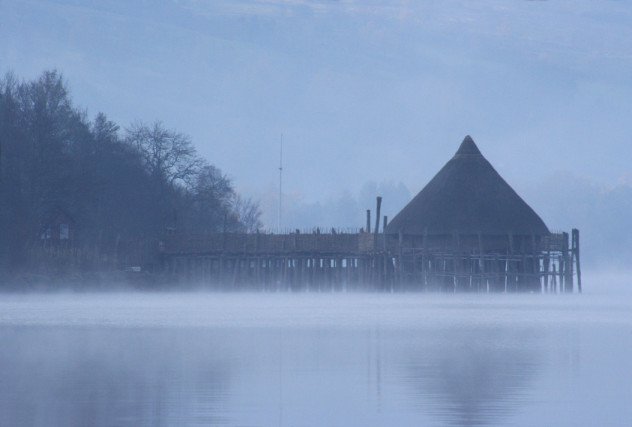
Munro claimed everything found was forged, even writing a 400-page book on the topic (geez, Rob), and he and Donnelly carried out a long-winded argument through the local papers. In 1998, archeologists returned to the site and confirmed Munro’s suspicions: everything was a forgery. But who planted it all? No one’s quite sure.
2. The Praeneste Fibula: Wolfgang Helbig presented this gold dress pin to Rome’s German Institute in 1886, claiming he’d discovered the pin at a 6th century B.C. dig site, which would make this the oldest item ever found with Latin etched into it. However, Helbig left out a little detail in his report…
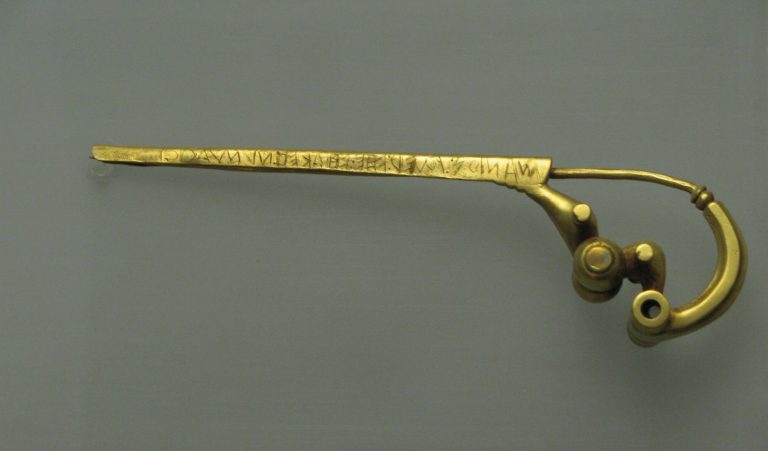
Helbig actually obtained the pin from Francesco Martinetti, a renowned smuggler and forgery dealer. Scientists doubted the authenticity after that information leaked. In 2011, the Prehistoric and Ethnographic National Museum tested the pin with up-to-date technology and discovered that it was, surprisingly to some, authentic.
3. The Jordan Lead Codices: When Jordan officials touted these ancient lead codices as authentic in 2011, to some experts, those claims didn’t pass the sniff test. While authorities proposed the 15 lead-page codices had been compiled by Jewish mystics or Hebrew Christians who fled Jerusalem, experts believed them to be clear forgeries…
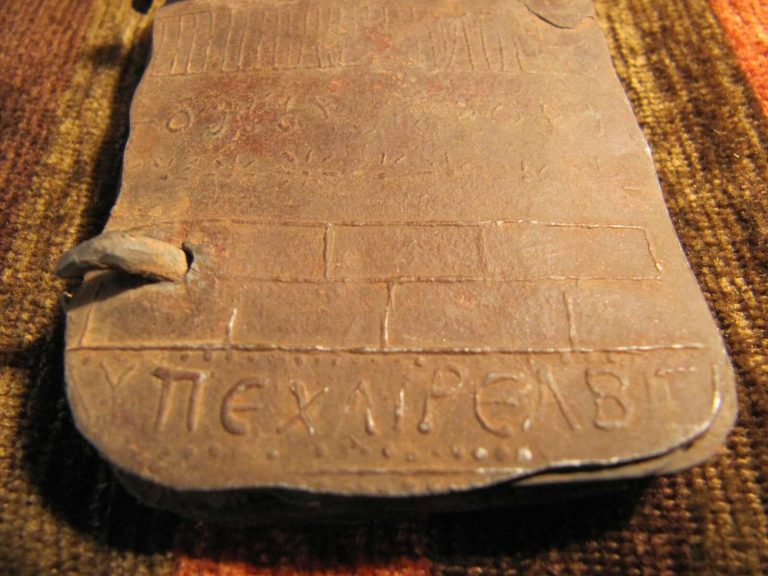
While Jordan has turned silent on its claims of authenticity, some scholars believe they’re, at most, 50 years old.
4. The Pevensey Bricks: These bricks are pieces of the final project the Ancient Roman Empire undertook in Britain before abandoning the territory. Stamped with the letters HON AVG ANDRIA—for Honorius Augustus (the emperor at the time) and Anderida (the location of the project, the ruins of which can be seen below)–these bricks are housed in the British Museum with the note pointing out that they’re “probably fake.” After all, they were discovered by Charles Dawson, a known archeological hoaxer.
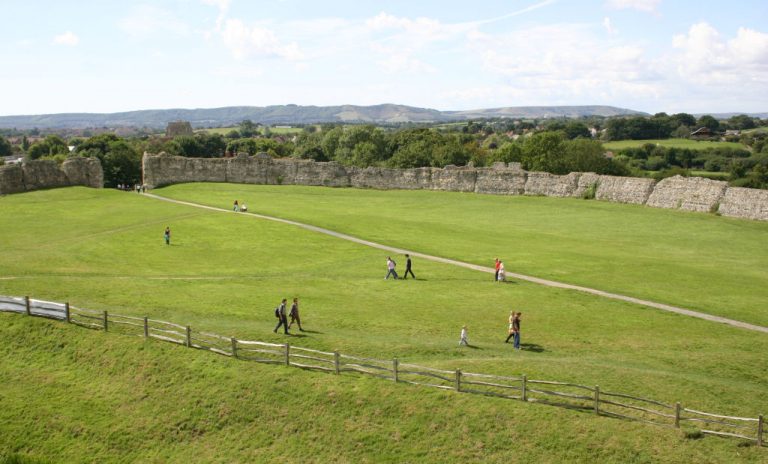
5. The Davenport Tablets: When archeologist Jacob Gass found four tablets he believed proved a “lost white race” that influenced Native American culture in a Davenport mound, scientists leapt at the chance to decode his findings. The only problem? The text on the tablets were just a random collection of letters and symbols—it was gobbledygook.
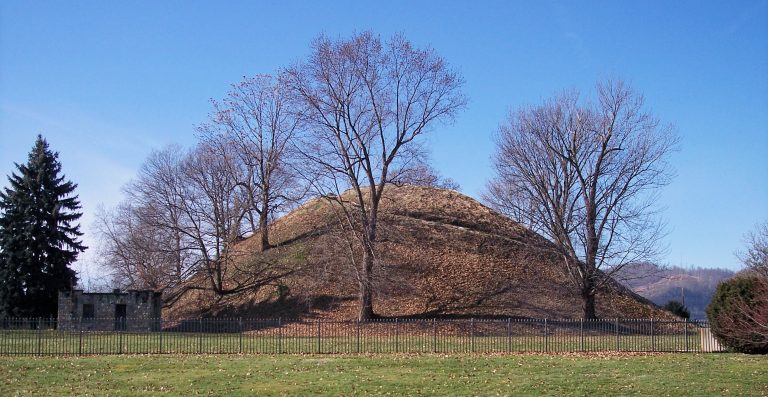
For its part, the Davenport Academy furiously backed Gass’s initial hypothesis, however, which struck a massive blow to the organization’s credibility.
6. The Hercules Sarcophagus: In 1850, Spanish stone workers uncovered—and smashed—a sarcophagus covered in ancient figures; local historian Buenaventura Hernandez y Sanahuja reassembled the piece, which prompted him to write a book claiming Hercules had led an expedition from Egypt to Spain to destroy the Hyskos people—refugees, essentially, who fled from Egypt to Spain…
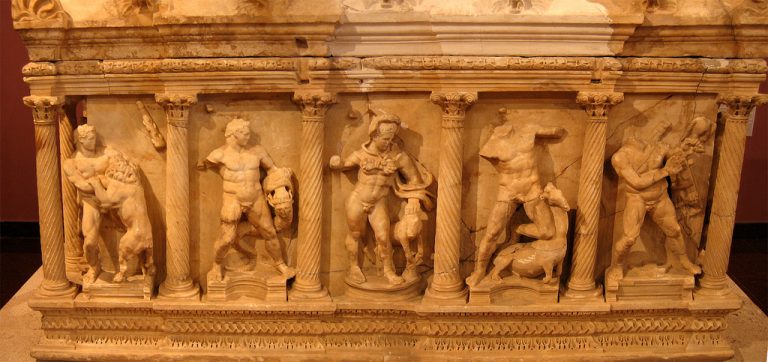
No one bought his theory, and he destroyed all copies of the book he wrote on the topic.
7. The Secret Gospel of Mark: A professor from Columbia University, Morton Smith, found a letter in the ancient monastery of Mar Saba (pictured). It claimed there existed a longer version of the Gospel of Mark; in it, Jesus raised a young boy from his tomb and the ensuing meeting, as it was written, was strangely suggestive…
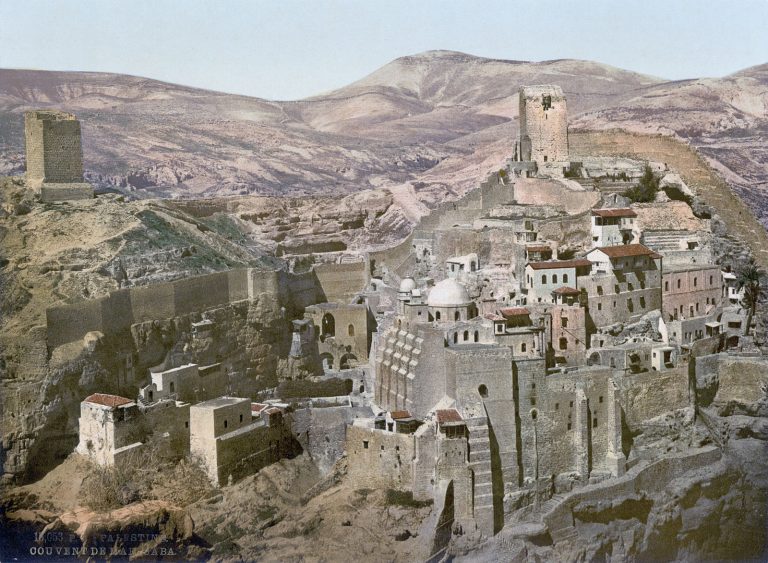
No one’s quite sure if there’s any truth to the letter, or if the secret Gospel exists, but Smith was a highly respected scholar. Would he forge such a letter?
8. Newark Holy Stones: After uncovering two ancient artifacts in Ohio—a piece of lime stone featuring etchings of Moses and the Ten Commandments and a “Keystone” that utilized ancient Hebrew—David Wyrick touted them as evidence of an Ancient Jewish presence in North America. But since then, the question has not become whether or not they’re real, but rather, who forged them?
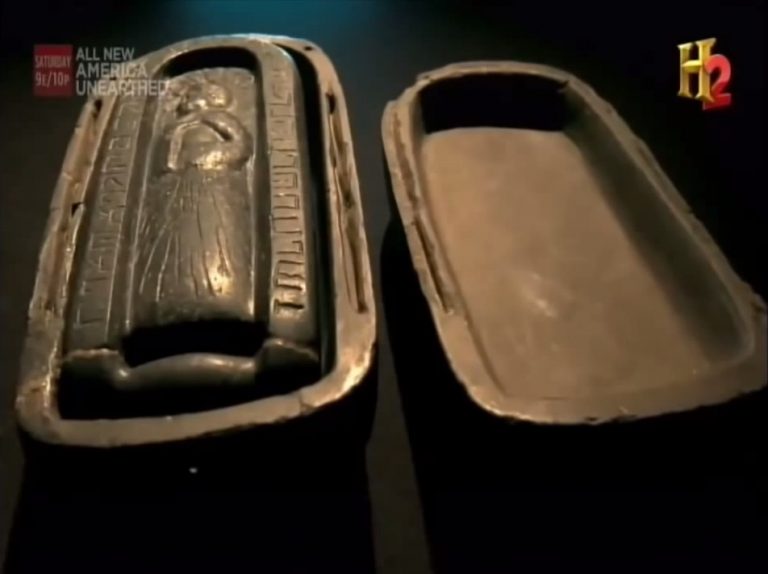
Some theories, and even the History Channel, proposed archeologists are covering up a greater truth about these stones.
9. The Grolier Codex: Allegedly, Mexican collector Josue Saenz obtained the ancient Mayan artifact known as the Grolier Codex when a mysterious man flew him to an off-the-grid location and gave him the chance to buy them. Of course, that casted doubts on the codex—11 pages of drawings—right away…
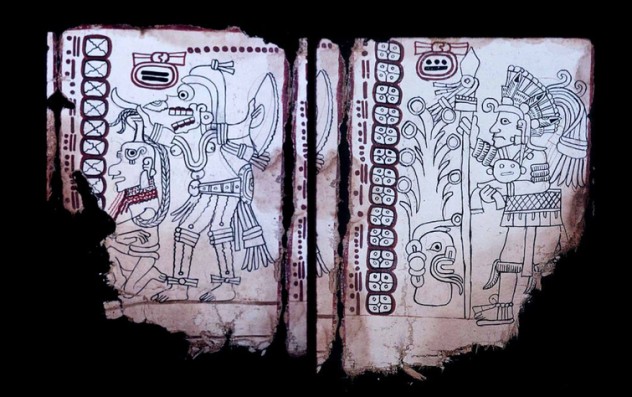
As most codices were supposed to have been destroyed by the Spanish, few people were ready to accept this newfound addition to what we understand about the ancient tribe. To this day, no one’s quite sure of its authenticity.
10. James Ossuary: This may look like a hunk of rock, but if it’s truly from the first century BC and 70 AD, it may very well feature the first mention of Jesus Christ. While Hebrew University certified the authenticity of the stone, which says “James, son of Joseph, brother of Jesus,” the Israel Antiquities Authority later declared it a fake…
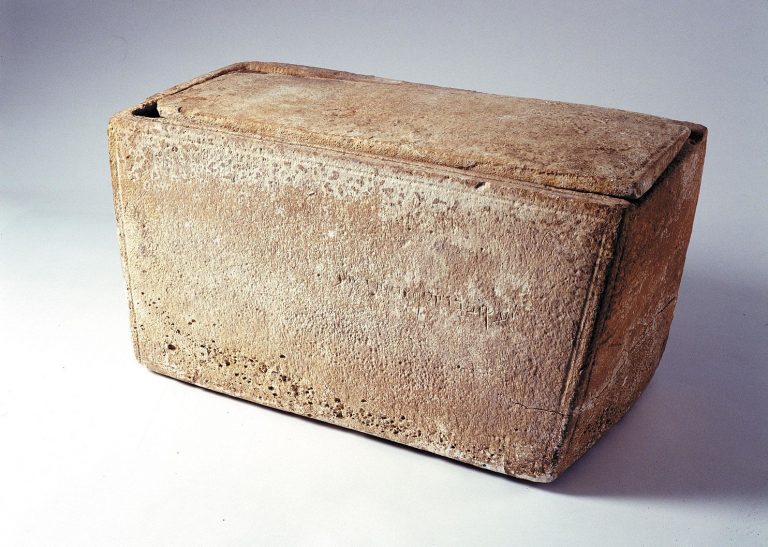
Owned by Oded Golan, a man who faced the most extensive criminal trial in history, no one can verify where exactly it came from.
Some of these items may look like a load of nothing, but the possible historical revelations behind them demands that these questions of forgery be answered—that’s for sure!
Share these interesting artifacts with your friends below!

Leave a Comment